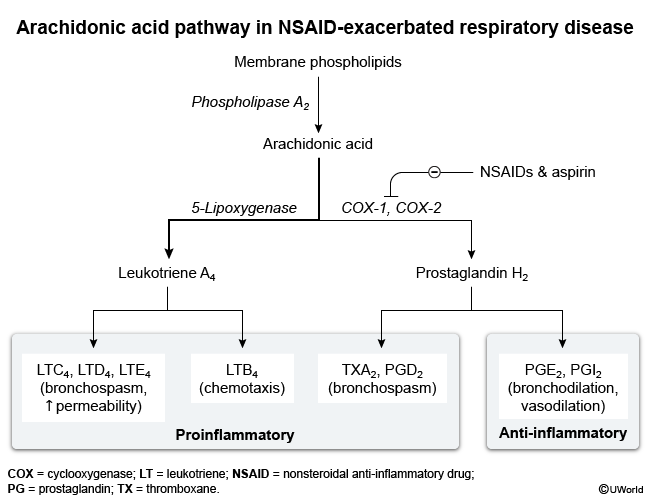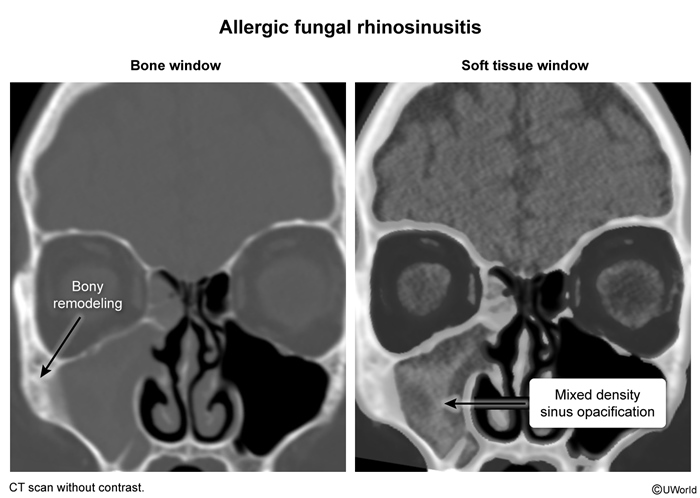Chronic Sinusitis
Article Sections
Introduction
Chronic rhinosinusitis (CRS) is a persistent inflammatory condition of the nasal mucosa and paranasal sinuses lasting for at least 12 weeks. It is characterized by 4 cardinal symptoms: anterior and/or posterior nasal drainage, nasal obstruction/congestion, facial pain or pressure, and reduction or loss of sense of smell (or cough in children). CRS significantly impacts quality of life and is a major economic burden both from direct medical costs (eg, diagnostic testing, management) and indirect costs (eg, decreased work productivity).
Pathophysiology
The pathophysiology of CRS is multifactorial and involves persistent mucosal inflammation, impaired mucociliary clearance, and remodeling of the sinus mucosa. Key factors contributing to CRS include:
- Mucociliary dysfunction: Sinus drainage does not follow gravity but occurs in specific anatomic pathways driven by coordinated ciliary function. Abnormal mucus or impaired ciliary function can disrupt this drainage, leading to mucus stasis, promoting bacterial colonization and biofilm formation, and increasing the risk for CRS.
Continue Learning with UWorld
Get the full Chronic Sinusitis article plus rich visuals, real-world cases, and in-depth insights from medical experts, all available through the UWorld Medical Library.
Figures

Images
